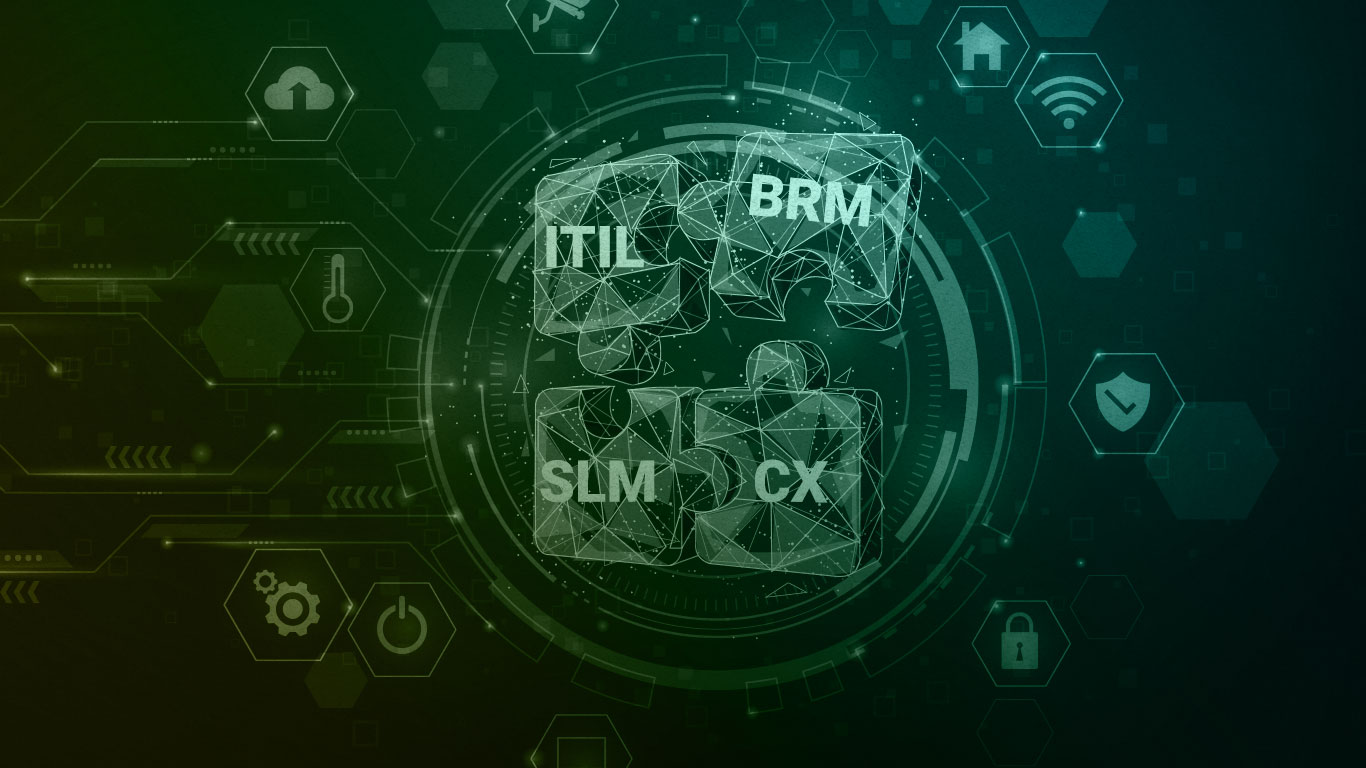
Combining ITIL®, BRM, SLM, and CX Management to Optimized Customer Experience in IT Service Management
Friday, 09 June 2023
IT Service Providers should have a broader perspective in evaluating highly-demanded services and examining market gaps in order to stay competitive in the global market trends. ITIL® Business Relationship Management (BRM) provides a broader approach to understand needs from existing customers and create connections with potential new customers.
When it comes to improve and develop sustainable IT Service Management, organization needs suitable resources and framework to align with its core objectives. Therefore, Multimatics is ready to assists you with IT Service Management training and certification to help you manage better service delivery and implement robust IT Service Management Practices.
What is Business Relationship Management?
Business Relationship Management (BRM) is a strategic process that focuses on building and maintaining relationships between an IT service provider and its customers. BRM professionals work to understand the customer's business needs and goals, and then work with the IT team to design and deliver services that meet those needs.
Objectives of BRM:
Before implementing BRM into practices, organization should realize these following objectives:
1. Identify customers’ needs thoroughly
2. Create effective business relationship between the service provider and their customers.
3. Help customers to understand the value provided by the services and align the expectation with provided resources
4. Ensure the service provider understands and able to fulfill the requirements of the customer completely
However, there are several challenges that needs to be aware of when implementing ITIL® BRM:
1. When implemented customer satisfaction’s level only, it typically tends to fail.
2. Customers can become reluctant to share their requirements and feedback when there’s not enough credibility to be presented
3. Confusion between the role of business relationship management and the process of business relationship management.
4. Potential risks of neglected and duplicated tasks due to boundaries between the business management and the other service management process.
5. Possibility of ineffective workflow when IT Service Providers tend to focus more on technology rather than customers’ perspective processes.
ITIL®, (BRM) and Service Level Management (SLM) are two important processes in IT Service Management. BRM is focused on building and maintaining relationships with customers, while SLM is focused on defining, agreeing, and managing service levels.
Both processes are essential for ensuring that customers are satisfied with the IT services they receive.
CX Management, or Customer Experience Management, is a more recent approach to IT service management that focuses on the entire customer journey, from initial contact to ongoing support. By combining BRM, SLM, and CX Management, organizations can create a customer-centric approach to IT service management practices that delivers a better experience for their customers.
Here is a table that summarizes the key differences between BRM, SLM, and CX Management:
.css-1fz7fl0{display:grid;grid-gap:1rem;grid-template-columns:repeat(2, minmax(0, 1fr));max-width:740px;margin-inline:auto;}@media screen and (min-width: 768px){.css-1fz7fl0{grid-template-columns:repeat(3, minmax(0, 1fr));}}@media screen and (min-width: 960px){.css-1fz7fl0{grid-template-columns:repeat(4, minmax(0, 1fr));}}@media screen and (min-width: 1200px){.css-1fz7fl0{grid-template-columns:repeat(5, minmax(0, 1fr));}}